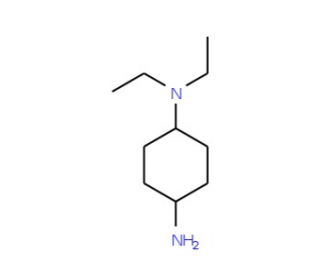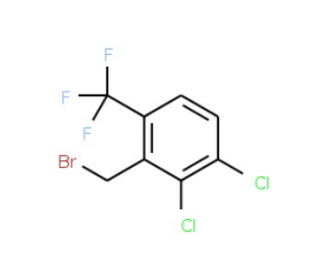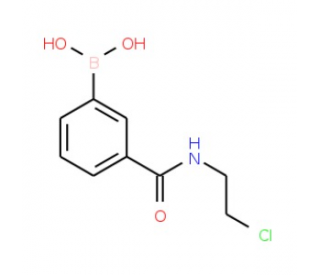详细说明
Purity
>95%, by SDS-PAGE under reducing conditions and visualized by silver stain
Endotoxin Level
<0.10 EU per 1 μg of the protein by the LAL method.
Activity
Measured by its ability to chemoattract BaF3 mouse pro‑B cells transfected with human CCR2A. The ED 50 for this effect is 0.03-0.15 µg/mL.
Source
E. coli-derived Gln24-Pro101
Accession #
N-terminal Sequence
AnalysisNo results obtained: Gln24 predicted
Predicted Molecular Mass
8.8 kDa
Carrier Free
What does CF mean?
CF stands for Carrier Free (CF). We typically add Bovine Serum Albumin (BSA) as a carrier protein to our recombinant proteins. Adding a carrier protein enhances protein stability, increases shelf-life, and allows the recombinant protein to be stored at a more dilute concentration. The carrier free version does not contain BSA.
What formulation is right for me?
In general, we advise purchasing the recombinant protein with BSA for use in cell or tissue culture, or as an ELISA standard. In contrast, the carrier free protein is recommended for applications, in which the presence of BSA could interfere.
1774-MC/CF |
| 1774-MC |
Formulation Lyophilized from a 0.2 μm filtered solution in PBS. | Formulation Lyophilized from a 0.2 μm filtered solution in PBS with BSA as a carrier protein. | |
Reconstitution Reconstitute at 100 μg/mL in sterile PBS. | Reconstitution Reconstitute at 100 μg/mL in sterile PBS containing at least 0.1% human or bovine serum albumin. | |
Shipping The product is shipped at ambient temperature. Upon receipt, store it immediately at the temperature recommended below. | Shipping The product is shipped at ambient temperature. Upon receipt, store it immediately at the temperature recommended below. | |
Stability & Storage: Use a manual defrost freezer and avoid repeated freeze-thaw cycles.
| Stability & Storage: Use a manual defrost freezer and avoid repeated freeze-thaw cycles.
|
Background: CCL2/JE/MCP-1
Canine MCP-1 (monocyte chemotactic protein-1) is an 8 kDa member of the CC chemokine family of chemotactic factors (1, 2). It is synthesized as a 101 amino acid (aa) precursor that contains a 23 aa signal sequence and a 78 aa mature segment (3). It contains no potential N-linked glycosylation sites and is not known for any posttranslational modifications. Based on human studies, MCP-1 will primarily circulate as a monomer. Noncovalent dimers are likely to be found, however. MCP-1 activity has been localized to the N-terminus (1). Cell types known to secrete MCP-1 are considerable in number, and include keratinocytes, fibroblasts, endothelium, osteoblasts, macrophages, mast cells, smooth muscle cells and astrocytes (1, 2). In the mature MCP-1 segment, there is 82% and 83% aa identity, canine to human and porcine MCP-1, respectively. When mature canine MCP-1 is compared to (125 aa) extended rodent MCP-1, there is 55% and 56% aa identity, canine to mouse and rat MCP-1, respectively. MCP-1 has three possible receptors. The first two are CCR2 (1) and CCR11 (4). The third receptor has only been identified in mice and is called L-CCR (5). Its function is unknown. MCP-1 is best known as a chemotactic agent for mononuclear cells. It also, however, induces enzyme and cytokine release in monocytes, NK cells, and lymphocytes and histamine release by basophils (1). Additionally, it is believed to reduce IL-12 production by dendritic cells and promote a Th2 phenotype in CD4+ T cells (6).
References:
Coillie, E.V. et al. (1999) Cytokine Growth Factor Rev. 10:61.
Yoshie, O. et al. (2001) Adv. Immunol. 78:57.
Kumar, A.G. et al. (1997) Circulation 95:693.
Biber, K. et al. (2003) J. Leukoc. Biol. 74:243.
Luther, S.A. and J.G. Cyster (2001) Nat. Immunol. 2:102.
Entrez Gene IDs:
6347 (Human); 20296 (Mouse); 24770 (Rat); 403981 (Canine)
Alternate Names:
CCL2; MCAF; MCP-1










 粤公网安备44196802000105号
粤公网安备44196802000105号